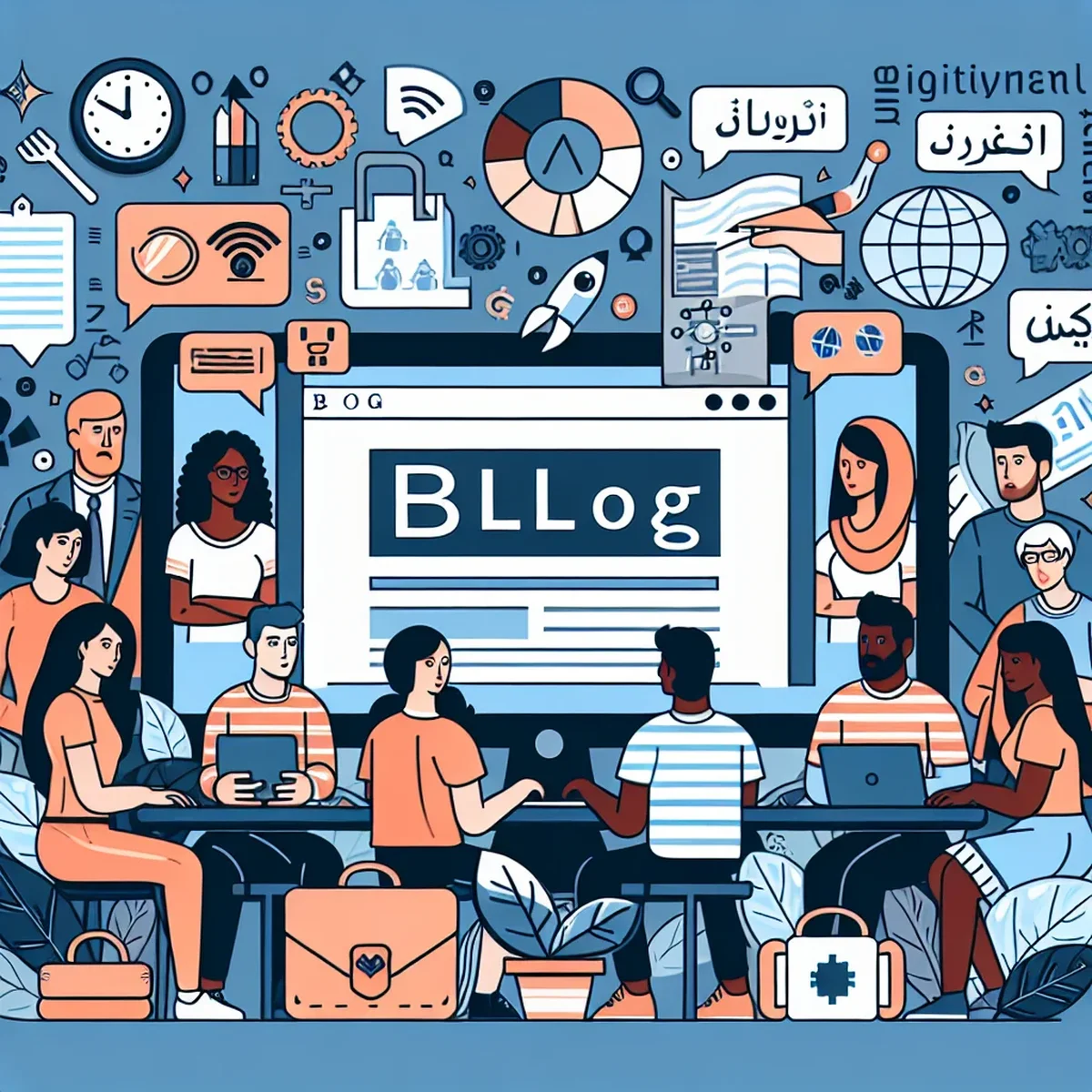Mastering Right-to-Left Language Support in WordPress

Implementing right-to-left (RTL) language support in your WordPress website is an essential step for businesses targeting global markets. This capability not only enhances the user experience for millions of speakers of RTL languages like Arabic, Hebrew, and Persian but also reflects the inclusivity of your brand. Below, we delve into practical steps and considerations for integrating RTL support into your WordPress site.
Understanding RTL Language Dynamics
Before modifying your site, it's important to understand the unique characteristics of RTL languages. Unlike languages that are read from left to right, RTL languages require a mirror-like layout adjustment. This includes not only text but also navigation elements, menus, and even multimedia content alignment.
Key Components that Require Adjustment:
- Textual content: All textual content, including posts, menus, and page titles, should align to the right.
- User interface elements: Navigation bars, sidebar widgets, and contact forms must be mirrored.
- CSS and JavaScript: Modifications might be necessary to ensure that styles and interactive elements function correctly in an RTL context.
Choosing the Right Theme and Plugins
The foundation of RTL support in WordPress begins with selecting the right theme and plugins.
Themes:
Opt for themes that explicitly mention RTL support or check the theme’s stylesheet for an rtl.css file, which indicates built-in RTL compatibility. Themes like Astra, OceanWP, and Genesis Framework provide robust RTL support out of the box.
Plugins:
When it comes to plugins, it's vital to test each one to see if it behaves correctly in an RTL environment. Some plugins might require custom CSS tweaks or even a dedicated RTL stylesheet to ensure seamless integration.
Tweaking CSS for RTL Support
Even with an RTL-ready theme, certain customizations might require manual CSS adjustments. Here’s how you can handle common CSS tweaks:
body {
direction: rtl;
}
.text-align {
text-align: right;
}
.nav-menu {
float: right;
}
These snippets ensure that the overall text direction and key elements like navigation menus align correctly for RTL readers.
Testing and Optimization
After implementing RTL support, thorough testing is crucial. This includes:
- Visual inspection: Manually check pages to ensure elements are correctly aligned and the text flows properly.
- Functionality testing: Interact with all interactive elements (menus, sliders, buttons) to ensure they work as expected in RTL mode.
- Performance checks: Use tools like Google PageSpeed Insights to verify that adding RTL support hasn’t negatively impacted site performance.
Utilizing Multilingual Plugins
If your site is multilingual, using plugins like WPML or Polylang can simplify managing RTL support alongside other languages. These plugins handle most language switching challenges, including the appropriate application of RTL styles when necessary.
Conclusion
Embracing RTL support in WordPress is more than a technical adjustment; it's a strategic move towards global inclusivity. By following the outlined steps and continuously iterating based on user feedback, you can significantly enhance the user experience for RTL readers, thereby broadening your website’s appeal and accessibility.
Implementing RTL support is a testament to a brand's commitment to diversity and global reach. Start today, and open your digital doors to millions more users worldwide.
FAQ
- What is right-to-left language support and why is it important for websites?
- Right-to-left (RTL) language support refers to the ability of a website to display content in languages that are read from right to left, such as Arabic, Hebrew, and Persian. It's crucial for providing a native user experience to speakers of these languages and expanding market reach.
- How can I enable RTL support on my WordPress site?
- To enable RTL support in WordPress, you can use themes and plugins that are RTL-compatible. Additionally, WordPress automatically applies RTL styles if the language of the site is set to an RTL language.
- What challenges might I face when implementing RTL support in WordPress?
- Challenges include finding suitable themes, ensuring plugins work correctly in RTL mode, and modifying CSS for custom styling. Testing thoroughly is key to addressing these issues effectively.